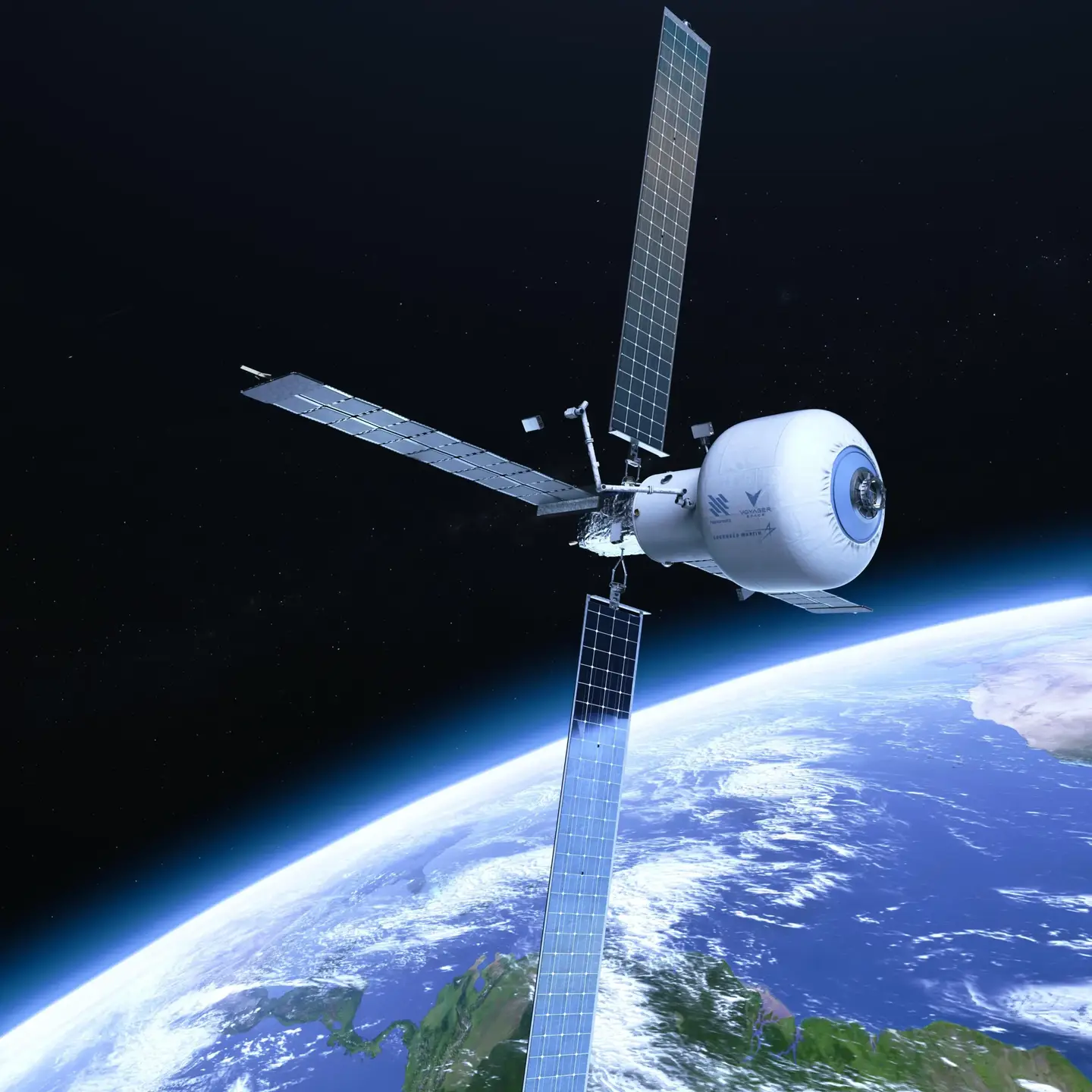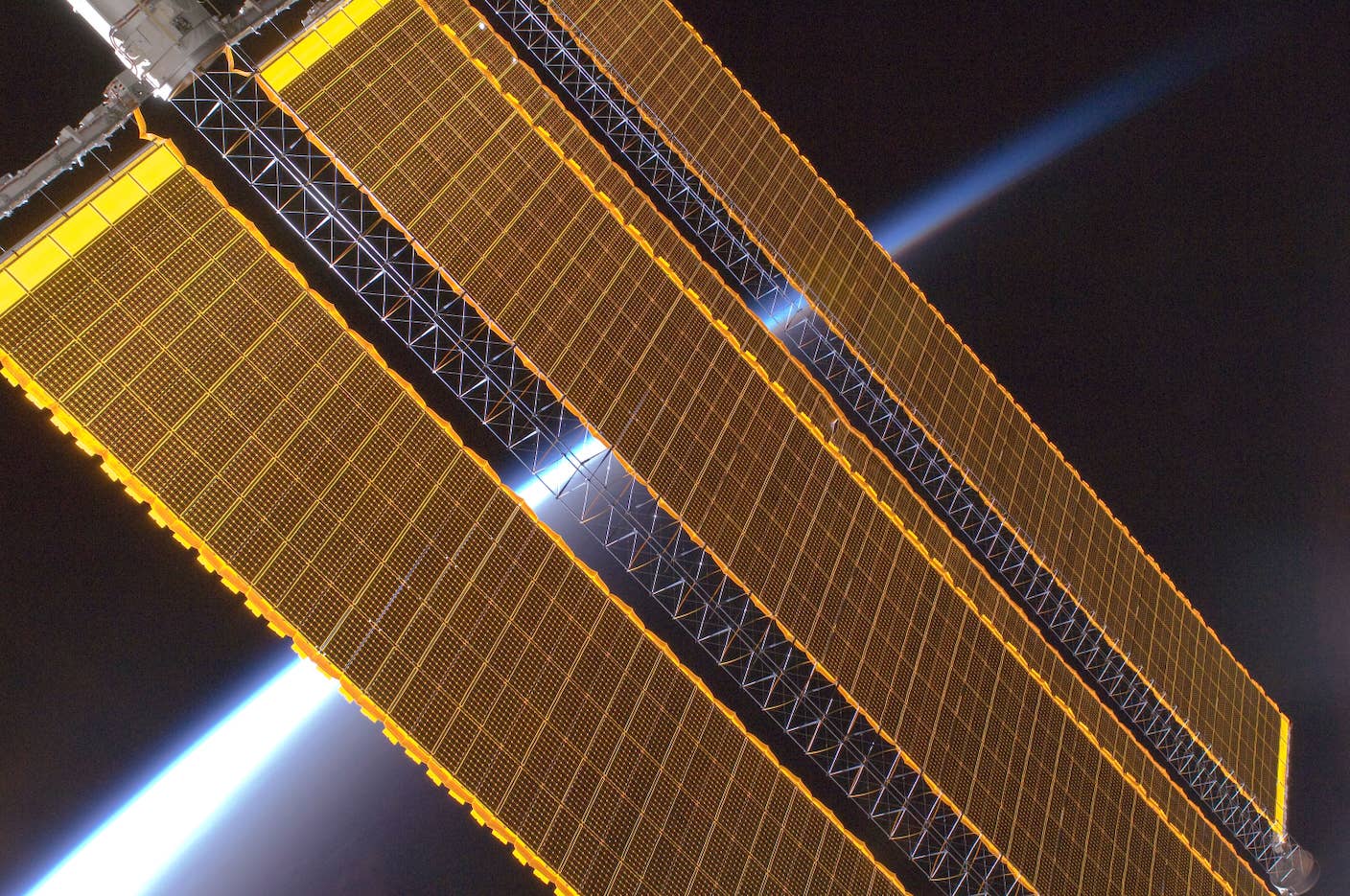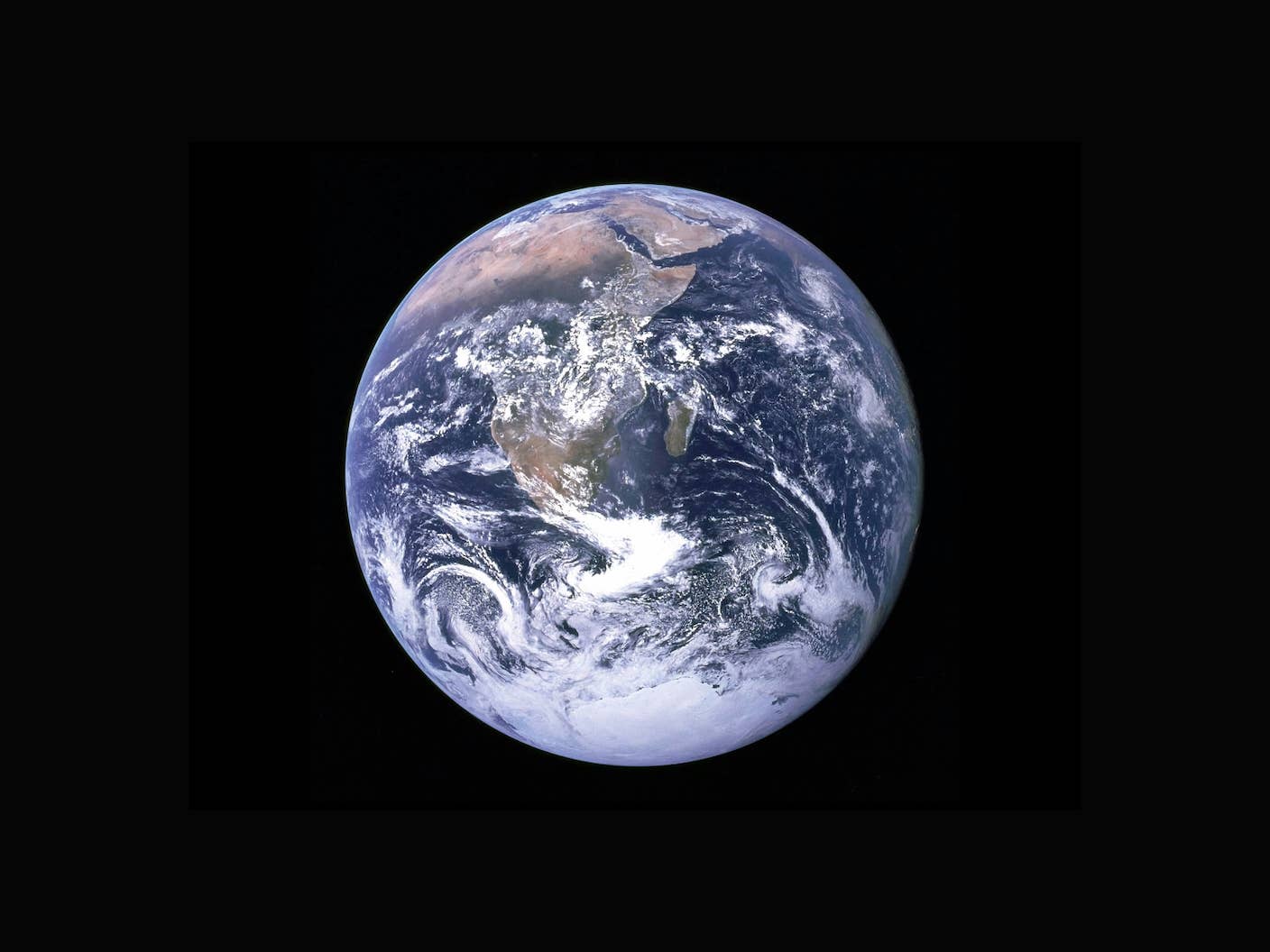Dusty Snow on Mars Could Harbor Life According to a New NASA Simulation

Share
Water is the essence of life.
When scientists discovered permafrost ice caps on Mars’ north pole in 1976, the news immediately sparked speculation about potential life on the red planet. The later discovery of exposed ice on the south pole further teased the idea.
In 2003, the Mars Odyssey orbiter spacecraft, equipped with cameras that could see both visible and infrared reflections from the Martian surface, found a surprisingly hefty amount of ice across the planet. These and other missions are looking to answer one of science’s biggest questions: Was Mars ever a habitable world—and more importantly, is it still?
But water is just one part of the equation. Solar radiation is another. Radiation destroys DNA, contributing to mutations and cancer. For astronauts, a flare up in solar radiation could damage the body’s ability to repair itself—even with protective shielding.
“On Mars, the lack of an effective ozone shield allows roughly 30 percent more damaging ultraviolet radiation to reach the surface in comparison with Earth,” wrote Aditya Khuller at NASA's Jet Propulsion Laboratory and colleagues in a new study of Martian habitability.
If life exists on Mars, a creature would have to withstand radiation and have access to water. One potential niche fulfilling these requirements? Dusty ice. Normally, ice allows dangerous levels of ultraviolet radiation to shine through. The new study simulated radiation and water flow and found that just a small amount of Martian dust inside ice resulted in dangerous ultraviolet levels 25 times lower than in pure ice. The results suggest any organisms inside this “dirty” ice shield could sip water and still be protected against radiation.
Unlike previous studies focusing on Mars’ icy polar regions, the team zeroed in on the planet’s temperate zone. In Earth terms, it would be a band that covers most of North America, Europe, Asia, North Africa, and Australia in latitude—most of the places where people currently live.
Ice, Ice, Baby
Mars isn’t exactly a vacation destination.
Its thin atmosphere of mostly carbon dioxide, nitrogen, and argon is far from habitable for us humans. In contrast to Earth’s blue vistas, the planet’s dusty sky is a hazy red. Temperatures are wildly unpredictable, with highs varying between a comfortable 70 degrees Fahrenheit and an unlivable -225 degrees Fahrenheit. Extreme winds stir up planet-wide dust storms.
Like Earth, Mars also has icy glaciers at its polar regions that never melt. But when summer rolls around, the planet’s temperate zone warms up enough to melt ice into tiny drops of water—creating a potential nursery for life.
This got scientists wondering: It is possible there is life on Mars now?
The question isn’t all academic. We’ve been eyeing Mars as a second home for us Earthlings. Though astronomers are searching for habitable planets around the galaxy, in the near term, Mars may be our best bet. SpaceX, famously, is aiming to launch a trip to the red planet.
If, or when, humans first step on Mars, we need to know whether life already exists there. As many movies have made clear: Alien microbes are bad news. And we may want to take steps to conserve life too. One way to find out is by looking for photosynthesis, the chemical reaction that spurred much of Earth’s life today. On early Earth, living organisms—bacteria, plants, algae—captured certain wavelengths of light and transformed them into energy.
Light Up the Life
For life as we know it to exist, it would need access to water and the wavelengths of light that power photosynthesis as well as protection from harmful radiation.
Be Part of the Future
Sign up to receive top stories about groundbreaking technologies and visionary thinkers from SingularityHub.


Here’s where dusty ice could play a role. Martian ice likely began as dusty snow, which eventually compacted into ice over a few million years. Some of this turned into smaller ice fields and some into glaciers. In its mid-latitudes—the “comfortable” zone—some dusty ice fields were covered up by rocks then later excavated by meteorite impacts to re-expose the ice.
“Polar locations on Mars are too cold for snow and ice to melt,” wrote the authors. “But exposed dusty ice in the mid-latitudes might be melting at present.”
In other words, Mars may already have a habitable zone for microbes.
To test the idea, the team developed a computer program to predict how snow morphs into ice blobs or glaciers on Earth and Mars based on historical data. The simulation tapped the physics of water, ice, and snow and how they change when mixed with impurities such as Martian dust. The authors also developed a way to gauge how Martian dust absorbs light and other radiation. They compared the Martian results to relatively similar ice sheets with impurities in Greenland.
The results were clear: Compared to pure water ice, ice spiked with Martian dust absorbed at least seven orders of magnitude more radiation overall and slashed levels of dangerous ultraviolet radiation. In ice made up of just 0.1 percent dust, ultraviolet radiation levels tanked without blocking the crucial wavelengths of light that support photosynthesis.
Mars is far colder than our home planet, but the Martian simulations showed results similar to those observed in near-freezing conditions on Earth. Here, microbial habitats blossom in shallow ice sheets, glaciers, and ice-covered lakes, where dark dust and sediment layers absorb solar radiation and heat up, forming holes in the ice. Liquid water and dust mix at the bottom of these holes, while a translucent ice lid freezes over the top, sealing in nutrients that living creatures below use for photosynthesis.
Although Martian polar ice is too cold to melt, mid-latitude snowpacks with a little dust just a few inches below the ice could similarly generate enough water to support life and combat solar radiation. In other words, the simulated scenario is eerily similar to what we see on Earth, with conditions that could allow microbial life to thrive.
To be clear, the results are all hypothetical. Martian water runoffs, for example, rely on the size of ice chunks. How dust is distributed among Martian ice could also change its melting patterns. However, the study suggests that photosynthesis just might be possible for organisms buried in snow and ice on Mars.
“If small amounts of liquid water are available at these depths, mid-latitude ice exposures could represent the most easily accessible locations to search for extant life on Mars,” wrote the team.
Image Credit: Areas of dusty ice (white) in a Martian gully / NASA/JPL-Caltech/University of Arizona
Dr. Shelly Xuelai Fan is a neuroscientist-turned-science-writer. She's fascinated with research about the brain, AI, longevity, biotech, and especially their intersection. As a digital nomad, she enjoys exploring new cultures, local foods, and the great outdoors.
Related Articles

The Era of Private Space Stations Launches in 2026

Data Centers in Space: Will 2027 Really Be the Year AI Goes to Orbit?

Scientists Say We Need a Circular Space Economy to Avoid Trashing Orbit
What we’re reading